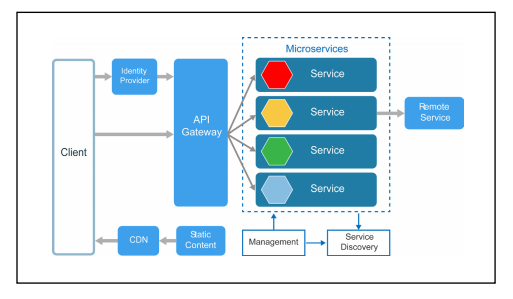Cybersecurity Essentials: Protecting Software Development Projects from Vulnerabilities and Threats
In today’s digital age, cybersecurity has become a paramount concern for software development teams. As technology advances, so do the tactics of cybercriminals, making it imperative for developers to prioritize security throughout the software development lifecycle. Cybersecurity essentials not only protect software projects from vulnerabilities and threats but also ensure the integrity and trustworthiness of applications. This article explores key strategies and best practices for safeguarding software development projects against cyber threats.
Understanding Cybersecurity in Software Development
Cybersecurity in software development involves implementing measures to protect software from unauthorized access, attacks, and data breaches. Vulnerabilities can arise at any stage of development, making it crucial to embed security practices into the development process rather than treating them as an afterthought. A proactive approach to cybersecurity helps mitigate risks, reduce costs associated with breaches, and protect the organization’s reputation.
Key Cybersecurity Practices
1. Threat Modeling
Before writing a single line of code, teams should conduct threat modeling to identify potential security risks and vulnerabilities in the project. This process involves analyzing the application’s architecture, data flows, and potential attack vectors. By anticipating threats, developers can design secure systems from the ground up, implementing necessary safeguards to mitigate identified risks.
2. Secure Coding Practices
Developers should adhere to secure coding practices to minimize vulnerabilities in the codebase. This includes:
- Input Validation: Always validate user inputs to prevent common vulnerabilities such as SQL injection and cross-site scripting (XSS).
- Output Encoding: Ensure that data is properly encoded before displaying it to users to prevent code injection attacks.
- Error Handling: Implement comprehensive error handling to avoid revealing sensitive information in error messages.
By following established guidelines, such as the OWASP (Open Web Application Security Project) Top Ten, developers can significantly reduce security risks in their applications.
3. Regular Code Reviews and Security Testing
Conducting regular code reviews is essential for identifying potential security issues before they become serious problems. Peer reviews can uncover vulnerabilities that an individual developer might overlook. Additionally, integrating security testing tools into the development process can help identify and remediate vulnerabilities early. Techniques such as static code analysis, dynamic application security testing (DAST), and penetration testing provide valuable insights into potential weaknesses in the code.
4. Dependency Management
Modern software projects often rely on third-party libraries and frameworks, which can introduce vulnerabilities. It’s essential to keep dependencies up to date and regularly monitor them for security advisories. Tools like Dependency-Check and Snyk can help identify known vulnerabilities in dependencies, allowing teams to take timely action to mitigate risks.
5. Data Protection and Encryption
Safeguarding sensitive data is a critical aspect of cybersecurity. Developers should implement robust data protection measures, including:
- Encryption: Use encryption for data at rest and in transit to protect sensitive information from unauthorized access.
- Access Controls: Implement strict access controls to ensure that only authorized users can access sensitive data or critical system components.
By prioritizing data protection, teams can significantly reduce the likelihood of data breaches.
6. Incident Response Planning
Despite best efforts, security incidents may still occur. Having a well-defined incident response plan in place ensures that the team can respond quickly and effectively to minimize damage. This plan should include steps for identifying, containing, and remediating incidents, as well as protocols for communicating with stakeholders.
Conclusion
Incorporating cybersecurity essentials into software development is not just a best practice; it is a necessity in today’s threat landscape. By implementing strategies such as threat modeling, secure coding practices, regular code reviews, and robust data protection measures, development teams can significantly enhance the security of their projects.
As cyber threats continue to evolve, a proactive approach to cybersecurity will help organizations protect their software development projects from vulnerabilities and threats, ultimately ensuring the integrity, confidentiality, and availability of their applications. In an era where trust is paramount, prioritizing cybersecurity is an investment in the future of any software project.











Leave a Reply